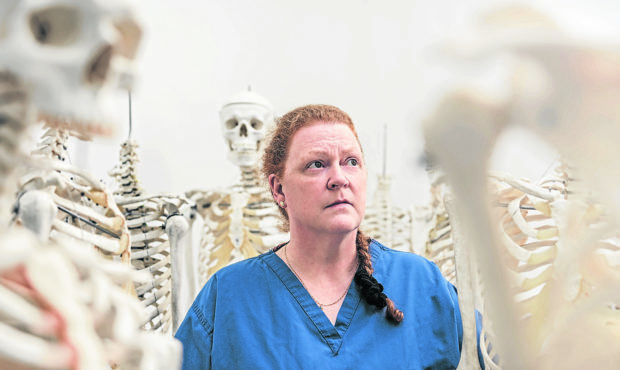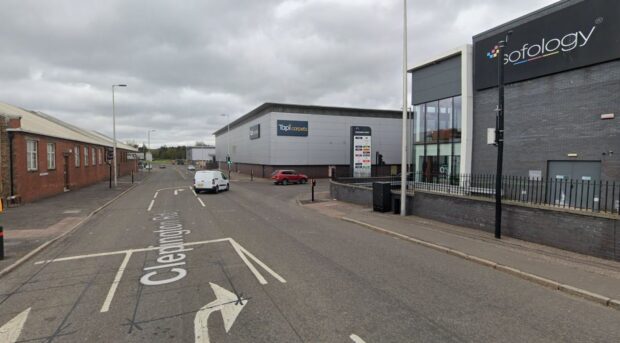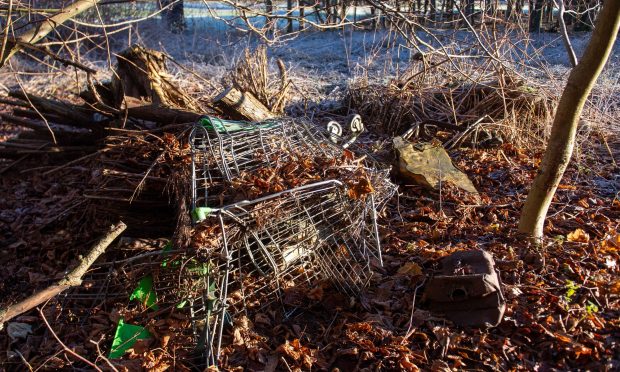Scientists are hoping to find a way to track down paedophiles just from their hands.
The pioneering programme aims to discover whether our hands are truly unique by looking at anatomical differences.
A prime motivation for the study is to help investigators identify child abuse perpetrators from footage and images shared online, where the backs of hands are often one of the only visible features of the abuser.
Researchers from Lancaster University and Dundee University would train computers to extract anatomical features from anonymous photographs sent in by members of the public.
They need more than 5,000 “citizen scientists” so there is enough data to prove beyond reasonable doubt whether our hands are unique.
Forensic anthropologist Professor Dame Sue Black, formerly of Dundee University, said: “Our hands display many anatomical differences due to our development, influence of genetics, ageing, environment or even accidents.
“We know that features such as vein patterns, skin creases, freckles, moles, and scars are different between our right and left hands, and even different between identical twins.
“We are looking to deliver a step-change in the science so we can analyse and understand all the factors that make a hand unique.
“We can then use this knowledge to develop sophisticated computer algorithms and new forensic tools that will help law enforcement apprehend those who harm the most vulnerable in our society.
“But we can’t do this without the help of thousands of volunteers. This vitally important work depends on our being able to analyse a large number of hands to see what differences there are.
“You will become a part of our project, follow the progress of our research via our website, and even help us by taking part in other projects that we will develop.”
A web-based app for anyone aged 18 and over to contribute their images to the project is available to use on smartphones at h-unique.lancaster.ac.uk
The images are not shared with any external agencies and will be destroyed at the end of the five-year research project, funded through a £2.1 million grant from the European Research Council.
Dr Bryan Williams, lecturer in biometrics and human identification at Lancaster University, said: “The tools we will develop will reliably and robustly inform decisions in criminal courts.
“They could also be used to assist law enforcement agencies to rapidly and autonomously analyse hours of footage and thousands of offensive images.”










